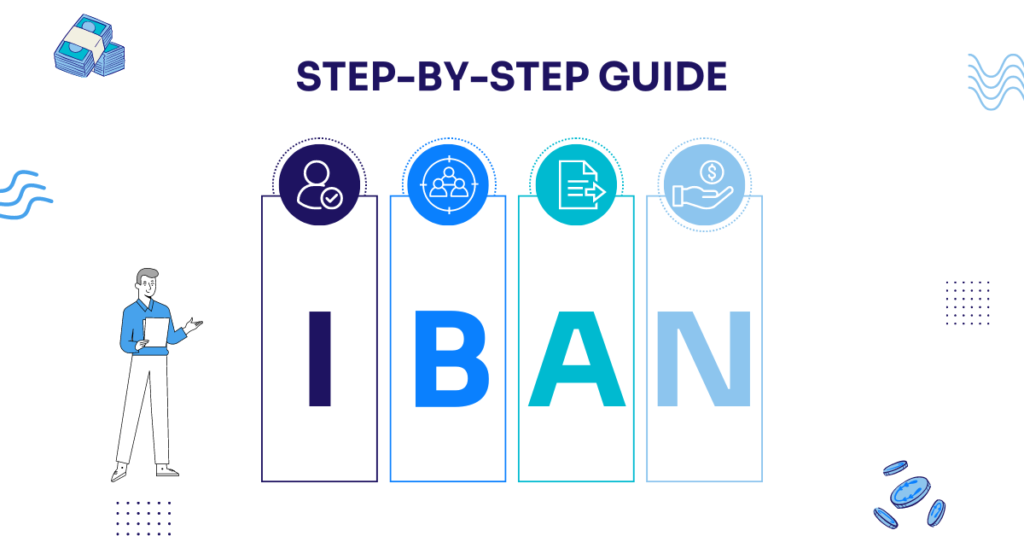Embedded finance is rapidly emerging as the next evolution in the world of fintech. As technology continues to advance and consumers become more digitally savvy, there is an increasing demand for financial services to be integrated seamlessly into everyday life.
The rapid evolution of financial technology (fintech) continues to disrupt traditional banking and finance models, offering both businesses and consumers increasingly innovative and convenient financial solutions. Embedded finance, a new paradigm in the fintech landscape, is gaining significant traction for its ability to seamlessly integrate financial services into non-financial platforms.
What Is Embedded Finance
Embedded finance refers to the integration of financial services, such as payments, lending, insurance, and wealth management, into non-financial platforms and applications. These integrations enable businesses to offer financial services directly to their customers without the need for third-party intermediaries.
This means that consumers can access financial services, while using other products or services, such as shopping, travel, or social media. Embedded finance can be enabled by application programming interfaces (APIs) that allow third-party providers to access banking and financial data, or by partnerships between traditional financial institutions and non-financial companies.
Understanding “Embedded” in Finance
The term “embedded” in finance emphasises the seamless integration of financial services into existing digital ecosystems. This integration allows businesses to offer financial products and services as a natural extension of their core offerings, without disrupting the user experience.
Customers can access financial services within the context of the platforms they are already using, which ultimately leads to a more holistic and frictionless user experience. They do not need to leave the platform they are using to access financial services, as they are available within the same interface. For example, an e-commerce platform may offer financing options at the checkout stage, or a ride-hailing app may allow users to pay for their trips directly from their bank account.
Why Is Embedded Finance Important
The importance of embedded finance lies in its potential to improve customer experiences, streamline operations, and unlock new revenue streams for businesses. It allows financial services to be more accessible, convenient, and personalised for consumers.
By integrating financial services into non-financial products or services, consumers can access these services at the point of need, without having to navigate separate platforms or providers. This can lead to increased adoption of financial services and improved financial inclusion, particularly for underserved populations.
Embedded finance creates a more convenient user experience, that potentially increases engagement and loyalty, and helps businesses differentiate themselves from competitors by offering a one-stop-shop for all their customers’ needs.
Opportunities and Challenges in Embedded Finance
Embedded finance presents a myriad of opportunities for both businesses and consumers. Some of these include:
- Enhanced Customer Experience: By integrating financial services into their platforms, businesses can provide a more seamless and convenient experience for their customers, leading to increased customer satisfaction and loyalty.
- New Revenue Streams: Embedded finance enables businesses to monetise their user base by offering financial services, opening up additional sources of income.
- Financial Inclusion: Embedded finance has the potential to reach underserved populations that may not have access to traditional financial services, promoting financial inclusion and economic empowerment.
- Efficiency Gains: By integrating financial services into existing products, businesses can streamline their operations, reduce costs, and improve efficiency.
However, it also faces several challenges:
- Regulatory Compliance: As embedded finance involves offering financial services, businesses must navigate complex regulatory environments, which can be time-consuming and costly.
- Data Security and Privacy: Embedded finance requires businesses to handle sensitive customer data, necessitating robust data security and privacy measures.
- Technical complexity: Integrating financial services into existing platforms can be technically complex, requiring expertise in both finance and technology.
- Trust: Consumers may have concerns about the security of their financial information and may be hesitant to use financial services that are integrated into non-financial products.
Benefits and Advantages for Businesses
Businesses that adopt embedded finance can reap numerous benefits and advantages, including increased revenue and profitability, improved customer retention and loyalty. It also provides enhanced customer insights and data analytics, and the ability to offer more personalized and tailored products and services.
By integrating financial services into their core offerings, businesses can create new revenue streams and capture a larger share of customer spending, while also improving the customer experience and strengthening their brand.
There are three notable benefits and advantages for businesses that adopt embedded finance, which are worth highlighting.
- Increased Customer Engagement: By offering financial services within their platforms, businesses can drive higher customer engagement and retention.
- Competitive Differentiation: Embedded finance can help businesses differentiate themselves from competitors by providing added value to their customers.
- Operational Efficiency: By streamlining financial processes and reducing reliance on third-party providers, businesses can achieve greater operational efficiency.
Embedded Finance in High-Risk Industries
Embedded finance is particularly valuable in high-risk industries, such as online gambling or cryptocurrency trading, where traditional financial service providers may be reluctant to operate. In these industries, embedded finance can facilitate transactions, offer tailored financial products, and mitigate risks for both businesses and customers.
For example, an online gambling platform might integrate an embedded payment gateway to facilitate seamless transactions or offer embedded insurance products to help customers manage their risk exposure. Similarly, a cryptocurrency trading platform could embed lending services to provide margin trading facilities or wealth management tools to assist users in managing their crypto portfolios.
Embedded Finance Is The Future
Embedded finance represents a paradigm shift in the way financial services are delivered and consumed. By breaking down barriers between industries and creating seamless customer experiences, embedded finance has the potential to reshape the financial landscape and redefine the role of traditional financial institutions.
Here are some key reasons why embedded finance is the future of fintech:
Hyper-personalisation
Embedded finance enables businesses to offer hyper-personalised financial services tailored to individual customer needs and preferences, creating more relevant and engaging experiences. This increased personalisation can foster deeper relationships between businesses and their customers, leading to higher customer lifetime value.
Platform Ecosystems
As technology continues to evolve, businesses are increasingly building platform ecosystems that integrate various services, creating one-stop-shop experiences for their customers. Embedded finance is a natural fit for these ecosystems, as it allows businesses to offer a comprehensive suite of financial services within their platforms.
Democratisation of Financial Services
Embedded finance promotes the democratisation of financial services by making them more accessible and convenient for a wider audience. This fosters financial inclusion and drives innovation, as businesses from various industries can experiment with new financial products and services.
Agility and Innovation
Embedded finance enables businesses to be more agile and responsive to changing customer needs and market dynamics. By integrating financial services into their core offerings, businesses can quickly adapt to new trends and opportunities, staying ahead of the curve in an increasingly competitive landscape.
Disintermediation
Embedded finance facilitates the disintermediation of traditional financial institutions, as businesses can offer financial services directly to their customers without relying on third-party intermediaries. This can lead to lower costs, faster transactions, and a more transparent financial ecosystem.
Embracing The Embedded Finance Revolution
Embedded finance is poised to revolutionise the fintech landscape by seamlessly integrating financial services into non-financial platforms, offering unparalleled convenience and personalisation to consumers. As businesses across industries continue to adopt embedded finance, they will unlock new revenue streams, enhance customer experiences, and reshape the financial services sector.
To stay competitive and capitalise on the opportunities presented by embedded finance, businesses must embrace this paradigm shift, invest in the necessary expertise and infrastructure, and navigate the associated challenges and complexities. In doing so, they will position themselves at the forefront of the next evolution in fintech, driving innovation and growth in an ever-changing digital world.
If you want to learn more about the embedded finance solutions that Capitalixe can provide for your business, get in touch with us today!







